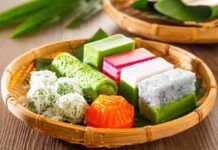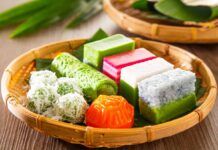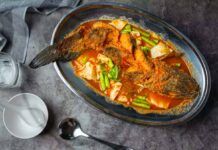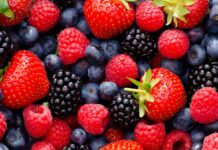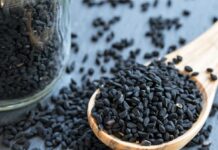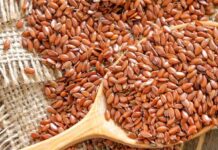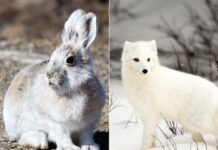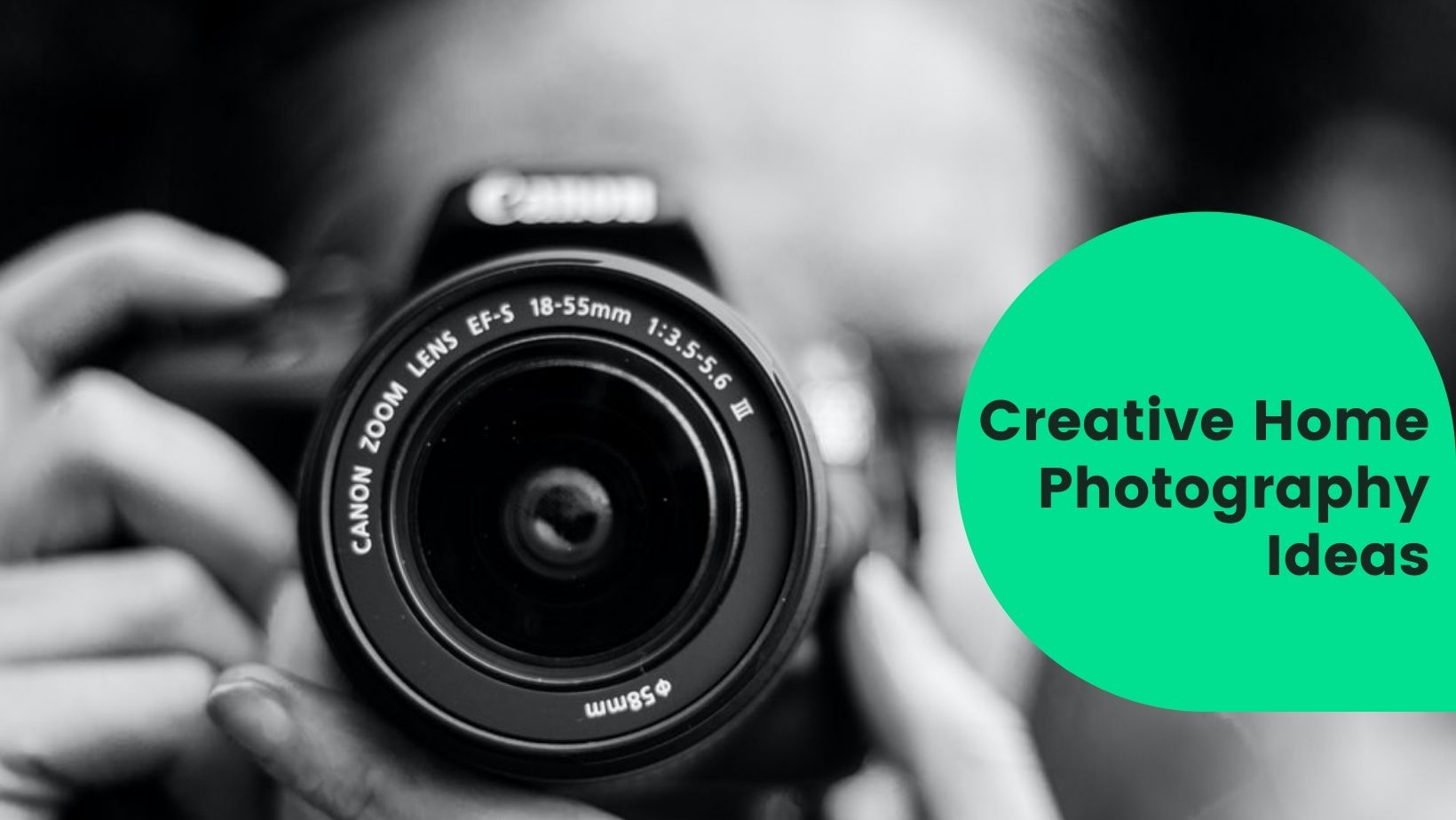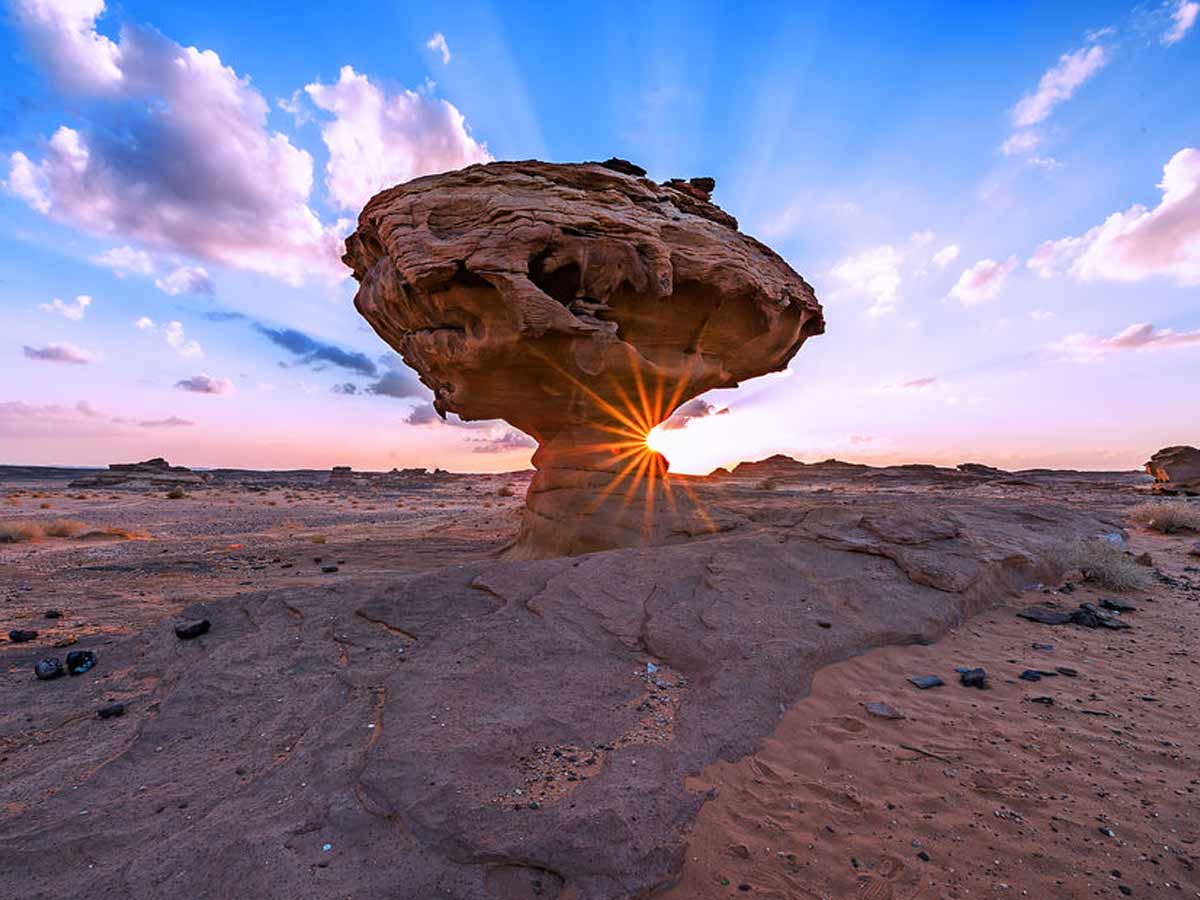There has never been a better opportunity to put your creative photography ideas to the test at home. There are several ideas to try, and you can do amazing things with a few simple tools.
Let’s get started and look at some creative home photography ideas that you may work on at home and turn into a series of photographs.
Taking pictures of water droplets
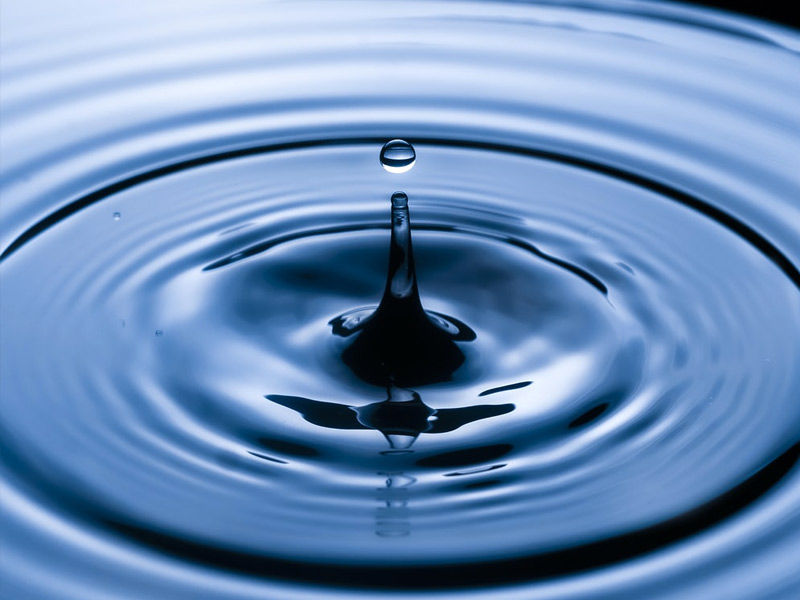
This is a tried-and-true project that you may do at home. It is also pretty straightforward to set up, albeit some specialist photographic equipment is required.
A camera with a macro lens, a tripod, and an off-camera flash are all required. After that, you’ll need to find a spot where you can drip water into a bowl of water.
Food photography
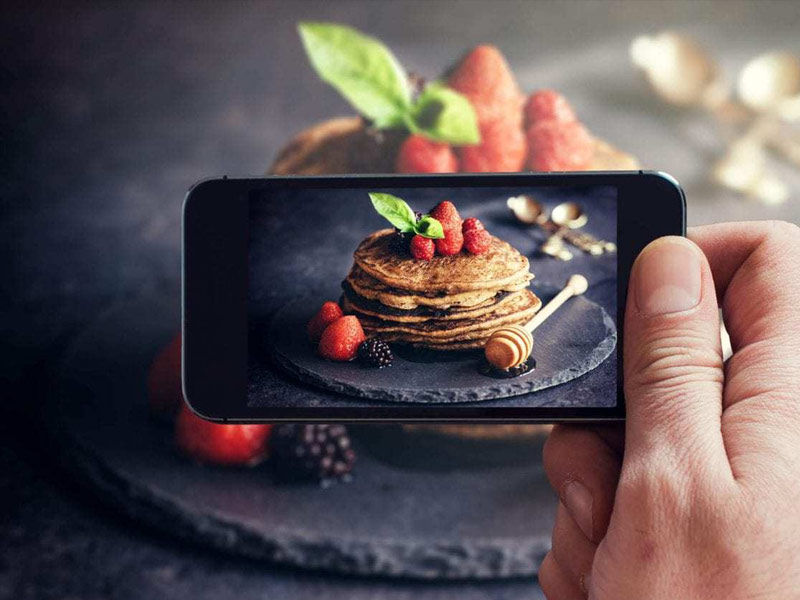
Everyone enjoys practicing food photography, especially when the food looks delicious! This is a massively popular and possibly lucrative genre, as the photographs you capture might be sold as stock.
So, what are some of the factors that might contribute to effective food photography at home?
Lighting is essential for effective food photography. Natural light, such as a window sidelight, is effective. If you’re using an off-camera flash, the light should come from behind the food, but make sure to reflect it back to eliminate shadows in your shot.
Backdrop: Traditional still life backdrops, such as photographing food in a lightbox, may be useful. Otherwise, make sure the background gives meaning to the food you’re photographing.
Food presentation: Make sure your food is well-presented. Food stylists are used by the top professional food photographers, so see if you can generate something stylish.
Lensball light painting
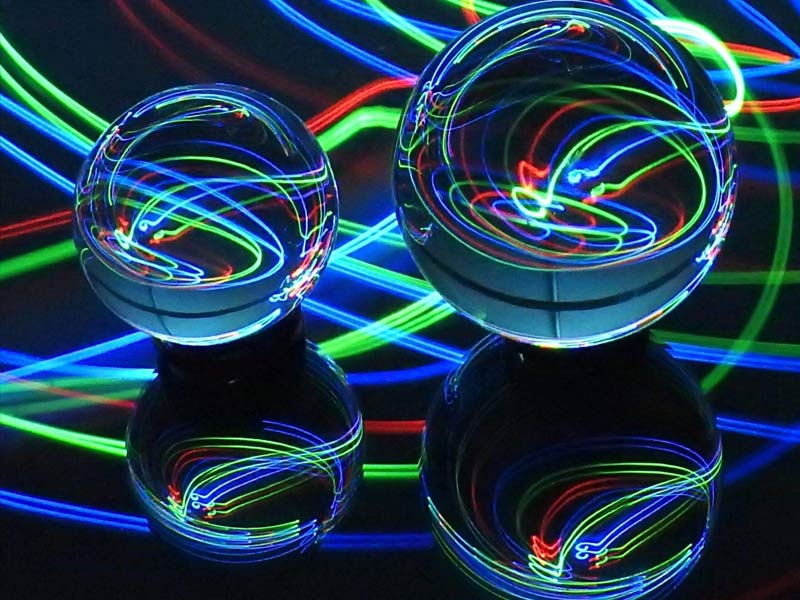
The Lensball will be used for a lot of outside photography, but it also makes an outstanding still-life item.
Light painting is a common indoor hobby for Lensball photographers. You’ll need a dark room, a tripod, and a sheet of glass to place on the table as a starting point.
Use a keyring beneath the ball to keep it from rolling on the glass.
Table: Place the glass sheet on a table, followed by the ball.
Camera: Mount the camera on a tripod and point it toward the ball.
Dark: Turn off all lights in the room and make sure no ambient light enters.
Exposure: The exposure time should be roughly five seconds, although it can be longer if necessary.
Light painting: With the camera set up, hit exposure and light paint behind the ball with your preferred light-emitting device.
Objects froze in the ice.

When you have some spare time at home, freezing items on ice is a fun activity to tackle. Because there is a procedure involved in freezing an object, each snapshot will take a few days to finish. The main goal is to get the object to freeze in the center of the block of ice.
Photography of still life
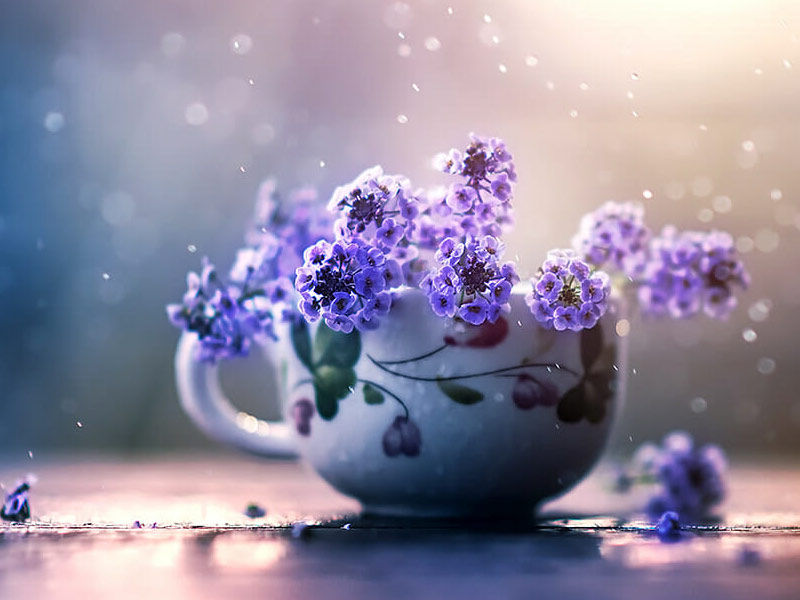
Once again, this is a large photographic genre. Good lighting is always present in the most professional photographs.
This type of photography might complement another pastime you have. Photographing your final work, for example, is a terrific idea if you are a quilter.
Putting oil and water together
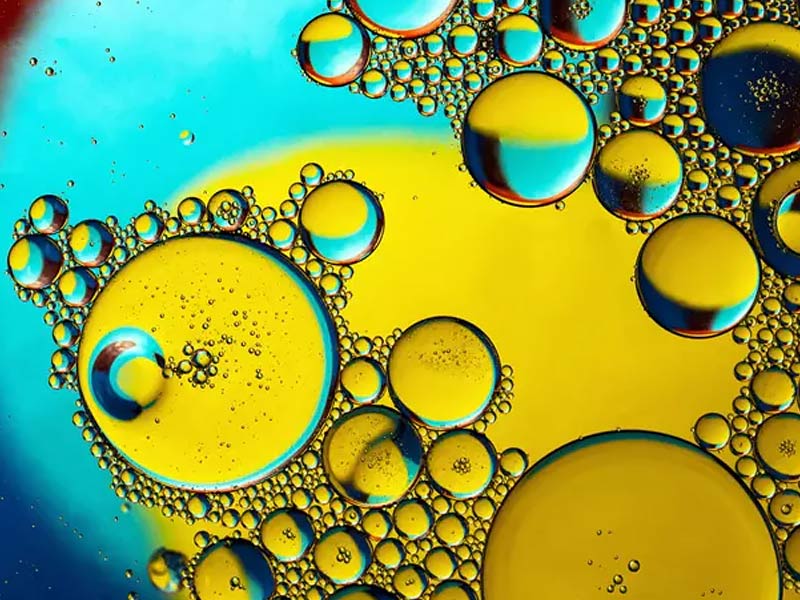
Another of the at-home creative photography ideas is to incorporate a little hydrophilic and hydrophobic movement.
That is the process of combining oil with water and photographing the resulting oil “bubbles.”
You’ll need to put your oil and water mixture in a glass container and then suspend it a bit above the ground. You’re now ready to shoot downwards and through the oil bubbles.
Use bright backdrops under the glass container for the greatest effect.
Water drops on glass.
Placing water droplets on glass is another science-based photographic hobby you might try.
To achieve stunning results, this photographic style employs refraction and repetition.
You may boost your output by experimenting with the number of water droplets or changing the background.
Also Read, The Top 7 Fashion Photographers of India
Learn a new post-processing technique.
Post-processing is an obvious contender for at-home creative photography ideas.
Everyone understands that this is an important component of photography; it is essentially the new darkroom. Investing time in learning new post-processing techniques when you’d rather be photography outside?
If you have to stay inside, learning some new post-processing techniques is a terrific idea!
Digital blending: A excellent technique to master for landscape photographers, this approach will teach you some important Photoshop abilities such as layer masking.
Cloning is a terrific talent to acquire, whether it’s cloning an object off of a picture or cloning yourself several times.
Sharpening and softening: This is an important technique for portrait photographers to acquire. To achieve the greatest effects, sharpen the eyes and soften the skin.
Creating bokeh effects
This is a fantastic activity that includes some hands-on crafting.
Bokeh is created when your camera blurs the backdrop of a photograph. This region of the photograph is referred to as bokeh. Points of light in the backdrop will grow to become “balls of light.”
To make bokeh shapes, place the form on the front of your lens. Attaching a black disc to your lens with the appropriate form in the middle is the first step.
Spirals of light
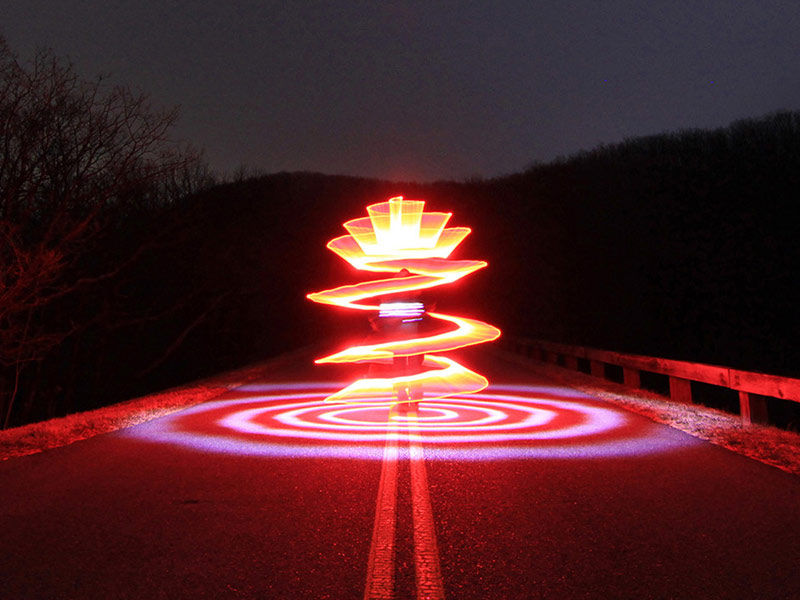
Light spirals are another type of light painting that you may try at home. This is a lot of fun, and the patterns you create may be extremely imaginative.
To achieve the finest results, you’ll need a completely dark space. You’ll be whirling a light source linked to a thread over your camera.
Because this is a long exposure shot, a tripod is required. In this scenario, though, you may do without simply orienting the camera upwards on the ground.
Which of these innovative photography ideas for at-home will you try?
With so much free time at home, it’s a fantastic opportunity to start an inside photography project. Have you tried any of these unique photography ideas for at-home?
If you haven’t already, which of these interests you the most? Perhaps you’ll try another approach, such as water droplets on a CD.
As usual, please leave your views and comments below. If you have any photographs to contribute, that would be fantastic!
To know more, join Photographer’s Forum. Click here


